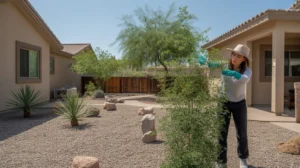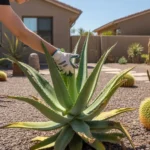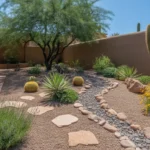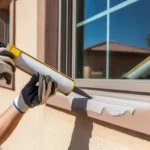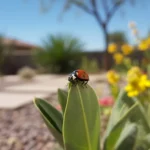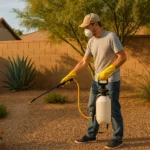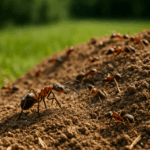Keeping pests at bay is a top priority for Gilbert homeowners who want to enjoy their outdoor spaces without unwanted visitors. From scorpions and ants to termites and weeds, the warm Arizona climate can attract a variety of pests that threaten the health and beauty of your yard. Fortunately, by following a proactive pest control checklist tailored to Gilbert’s unique environment, you can minimize infestations and maintain a thriving, pest-free landscape.
Inspect Your Yard Regularly
The first step in effective pest control is to conduct regular inspections of your Gilbert yard. Look for signs of pest activity, such as nests, droppings, or damage to plants and structures. Pay close attention to potential entry points, including cracks in foundations, gaps around doors and windows, and openings around utility lines.
Focus especially on areas that provide shelter and moisture, such as woodpiles, leaf litter, and dense vegetation—these are prime real estate for termites, ants, and scorpions. Early detection of problem areas allows for faster, more targeted treatment before infestations can take hold and multiply.
Eliminate Standing Water and Excess Moisture
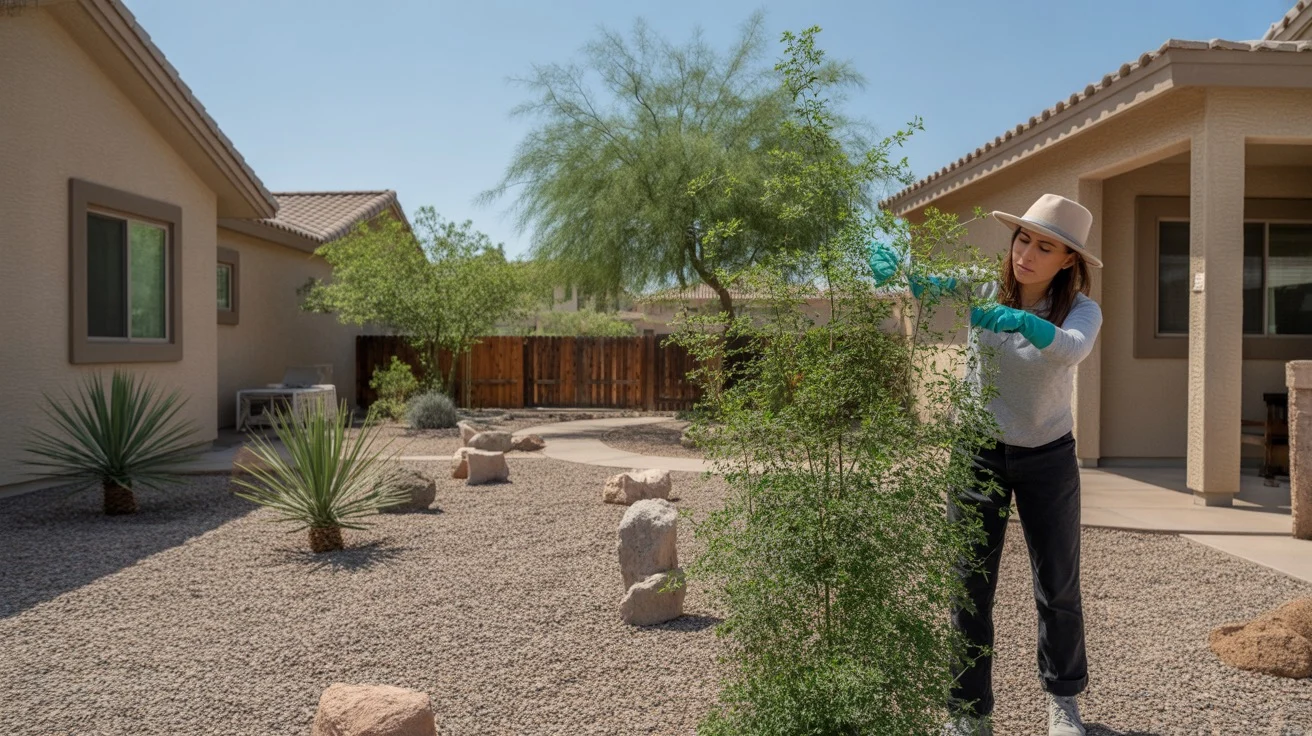
Many pests, including mosquitoes and termites, are drawn to standing water and damp conditions. To minimize their presence, eliminate all sources of excess moisture. Repair leaky faucets, irrigation systems, and hoses promptly. Ensure the area around your foundation drains well and doesn’t allow water to pool.
Using drip irrigation or soaker hoses to deliver water directly to plant roots helps reduce surface moisture that attracts pests. For water features like birdbaths or fountains, change the water frequently to disrupt mosquito breeding cycles. Managing moisture is one of the most effective ways to make your yard inhospitable to pests.
Maintain a Clean and Tidy Yard
A tidy landscape is less welcoming to unwanted guests. Regularly remove fallen leaves, trim overgrown vegetation, and properly dispose of yard waste. Don’t let debris accumulate near the home’s foundation, where it can serve as shelter for insects and rodents.
Keep firewood and construction materials stacked neatly and well away from the house. Raise woodpiles off the ground and store them in a dry location. Outdoor structures like sheds and playsets should also be cleaned and maintained regularly to avoid hidden pest havens.
Good yard hygiene reduces the number of hiding spots and food sources available to pests, making it harder for them to establish themselves.
Use Physical Barriers and Exclusion Methods
Prevention is often easier than removal. Install physical barriers like screens on windows and doors to keep flying insects out. Seal any cracks and crevices in the foundation, siding, or around utility lines using caulk or expanding foam.
Gravel barriers around the perimeter of the home can deter ants and termites, while copper mesh or steel wool can be used to block small gaps and vents without restricting airflow. Blocking access points is a powerful way to significantly reduce the number of pests entering your yard and home.
Manage Your Landscape Wisely
The types and placement of plants in your yard can influence pest activity. Avoid overcrowding or excessive planting close to the home’s foundation, as thick foliage creates sheltered environments for insects.
Choose pest-resistant, native plants suited to Gilbert’s climate. These require fewer pesticides and are less likely to be damaged by insects. Incorporate species that attract beneficial predators—like ladybugs, lacewings, and hoverflies—to help naturally control pest populations.
Strategic plant selection and spacing improves airflow, sunlight exposure, and overall plant health—creating a yard that’s both attractive and pest-resistant.
Implement Targeted Pest Control Measures
When pest problems do arise, targeted action is the most effective response. For minor issues, eco-friendly methods like neem oil, horticultural oils, or insecticidal soaps can keep populations in check without harming pollinators or pets.
In cases of heavier infestations, especially involving termites, scorpions, or large ant colonies, it’s wise to contact a licensed pest control service in Gilbert. They can assess the situation and apply treatments that are precise, effective, and safe for your yard’s ecosystem.
Spot treatments and baits are preferred over broadcast pesticides, as they limit exposure to beneficial species and reduce overall chemical usage.
Monitor and Adapt Your Pest Control Plan
Pest control isn’t a one-and-done task—it requires regular monitoring and adjustment. Review your yard periodically to ensure preventative measures are still effective, and address any new or recurring issues quickly before they worsen.
Stay up to date with seasonal trends in Gilbert pest behavior through local extension services or neighborhood gardening groups. New products and eco-friendly techniques are constantly emerging that can make your yard care easier and more effective.
By maintaining an active, flexible approach to pest control, Gilbert homeowners can protect their landscapes and enjoy beautiful, usable outdoor spaces year-round.

